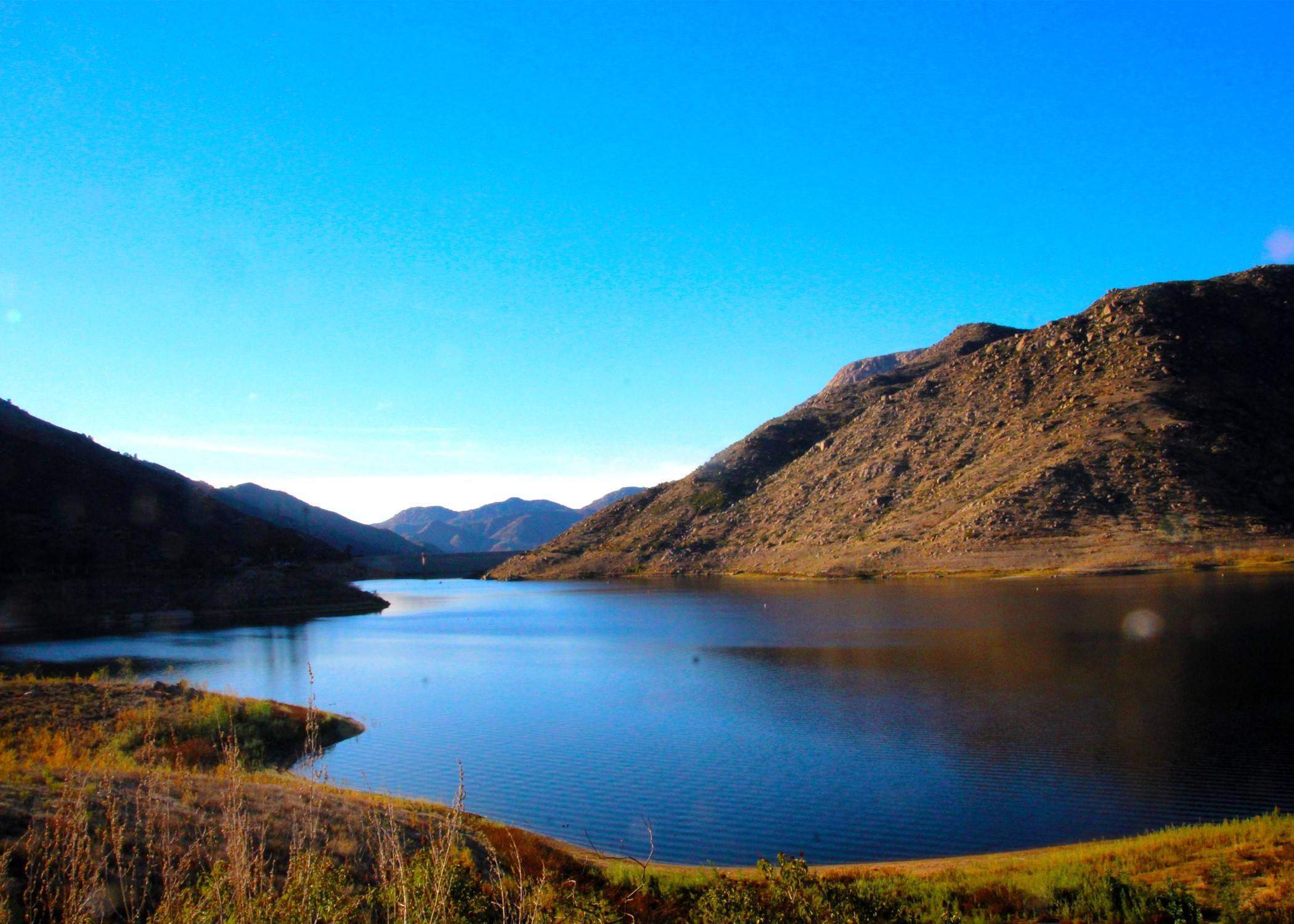
San Diego Flume
1 Review
Hello everyone! This is a friendly reminder that any of these fun places we may visit, we are a guest at. Please treat both businesses and trails with the utmost respect. We here at Hidden San Diego follow the 'Leave no Trace' mantra, meaning whatever you bring with you comes back with you. If you see trash on a trail, please do your part to help remove it. Remember, we are not picking up trash from another person but instead cleaning up for Mother Nature. Happy adventures!

THE SAN DIEGO FLUME IS PART OF OUR MEMBERS SECTION
Dog-Friendly: Yes Kid-Friendly: Yes
The search for water is a story as old as San Diego itself. As the city grew in area and population toward the end of the 19th century, well water became inadequate for irrigation. To create a dependable water source, engineers dammed the San Diego River in the mountains 35 miles east of the city and 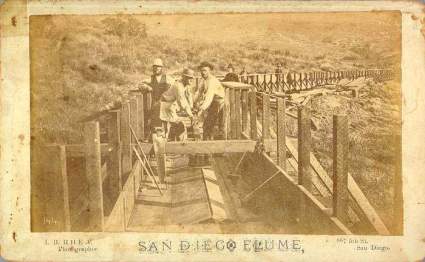 formed Cuyamaca Lake.
formed Cuyamaca Lake.
That dam is still in use and is the second oldest working dam in California. The water was conveyed to the city along a wooden flume, and constructing it required a complex series of access roads, bridges, tunnels and trestles.
There were questions about the flume encroaching on Indian land that had to be resolved, and the project ran into funding problems at several points. Actual construction consumed nine 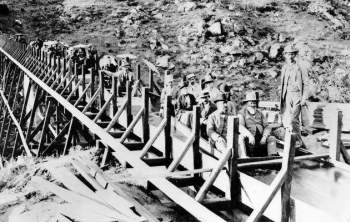 million board feet of redwood lumber. There was a grand celebration to open the flume on February 22, 1889, and at the conclusion of a street parade, the first “new” water streamed into the air.
million board feet of redwood lumber. There was a grand celebration to open the flume on February 22, 1889, and at the conclusion of a street parade, the first “new” water streamed into the air.
According to the San Diego History Association, that water was in fact from the existing water source. As the flume company had not installed any valves in their pipes, it took flume water a leisurely three weeks to arrive.
Flume riding soon became a great local sport and flume owners monetized the activity by renting out float trains. More daring adventurers traversed the flume at night, going over trestles and through tunnels in the dark. 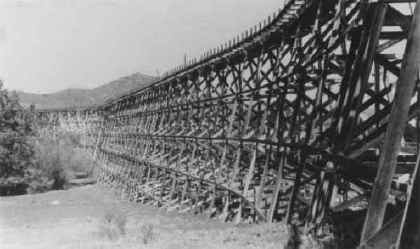
Ultimately more dams were built in communities surrounding San Diego and the flume and its water were no longer needed. Today the path of the flume remains popular in several places as hiking trails, and a few tunnels and access paths remain as evidence of its existence.
Personal Experience: So long as you do this hike early in the morning or during cooler seasons, you should be fine. There is little to no incline and you are lakeside for most of the hike.
We had a run-in with bees near the dam which was pretty terrifying considering how far out there we were. Thankfully nobody was stung. I always suggest ignoring bees to avoid pissing them off. In this case my friend accidentally disturbed a hive that was in a tree near where he was climbing. You never know what can happen on an adventure!
Right when we began our hike an owl flew in front of us. It was pretty spectacular to see!
Keep your eyes peeled for drain pipes, debris and old remnants of the past:
 A small mining prospect we did not enter:
A small mining prospect we did not enter: 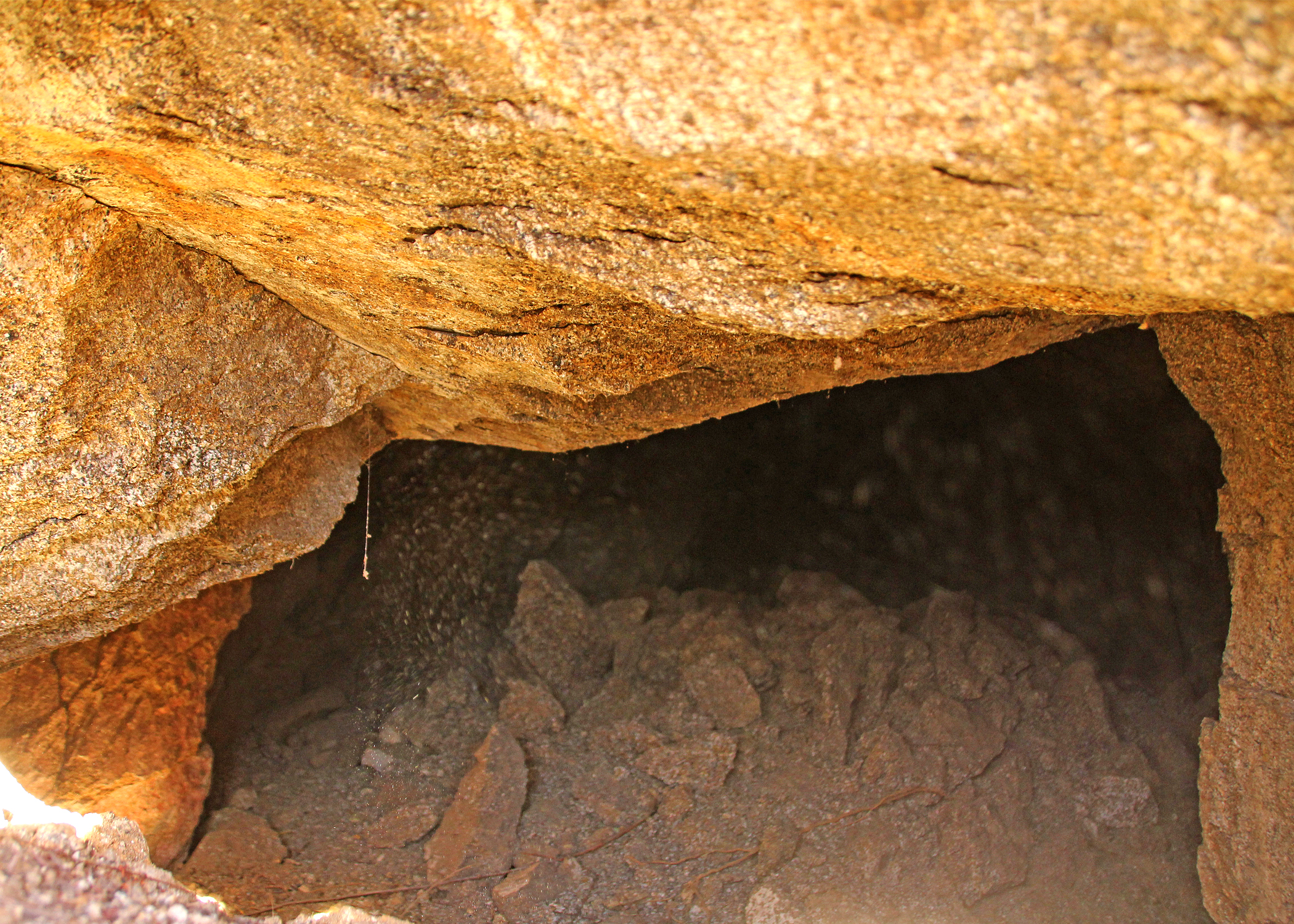
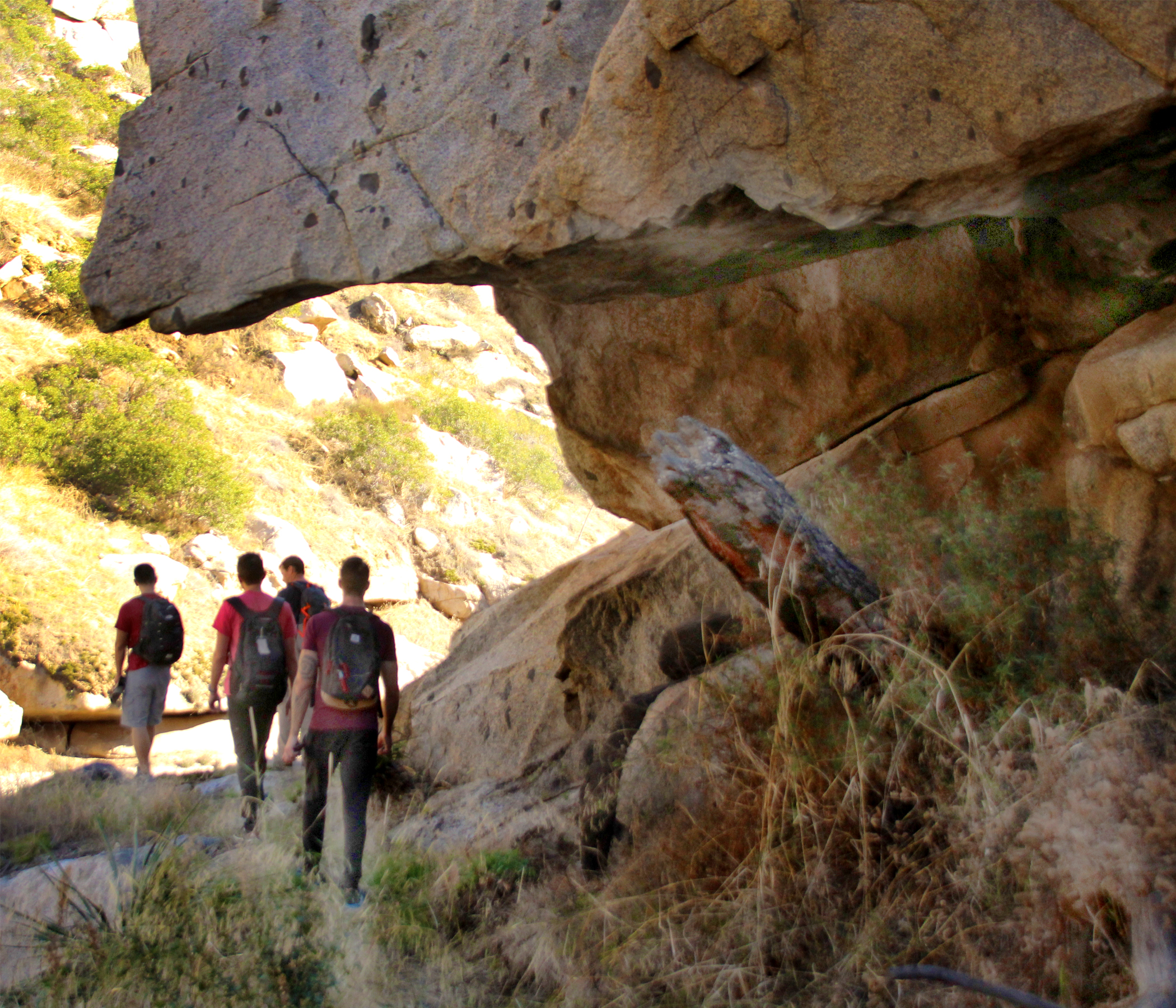

 I loved these old cement foot-bridges:
I loved these old cement foot-bridges:
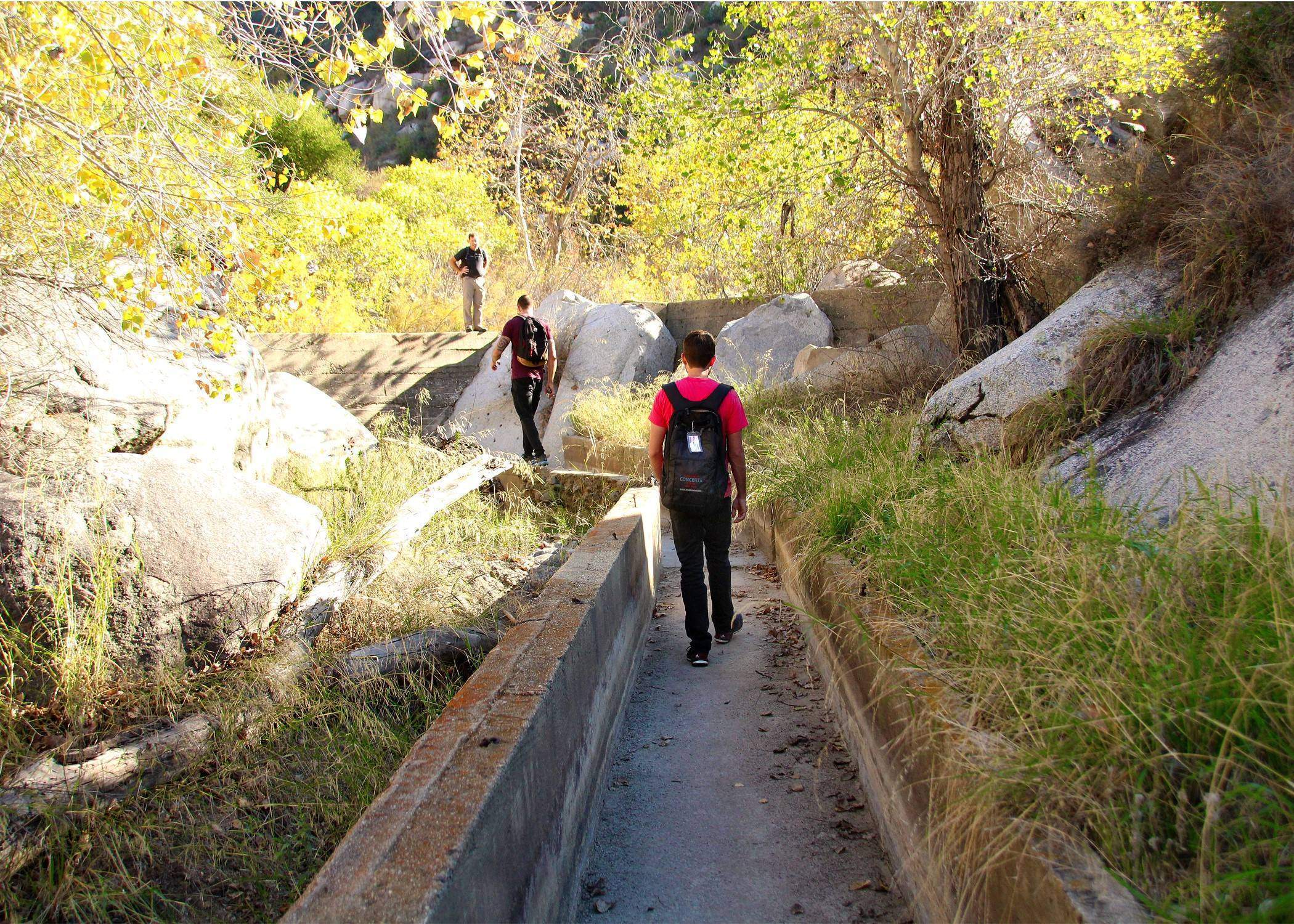
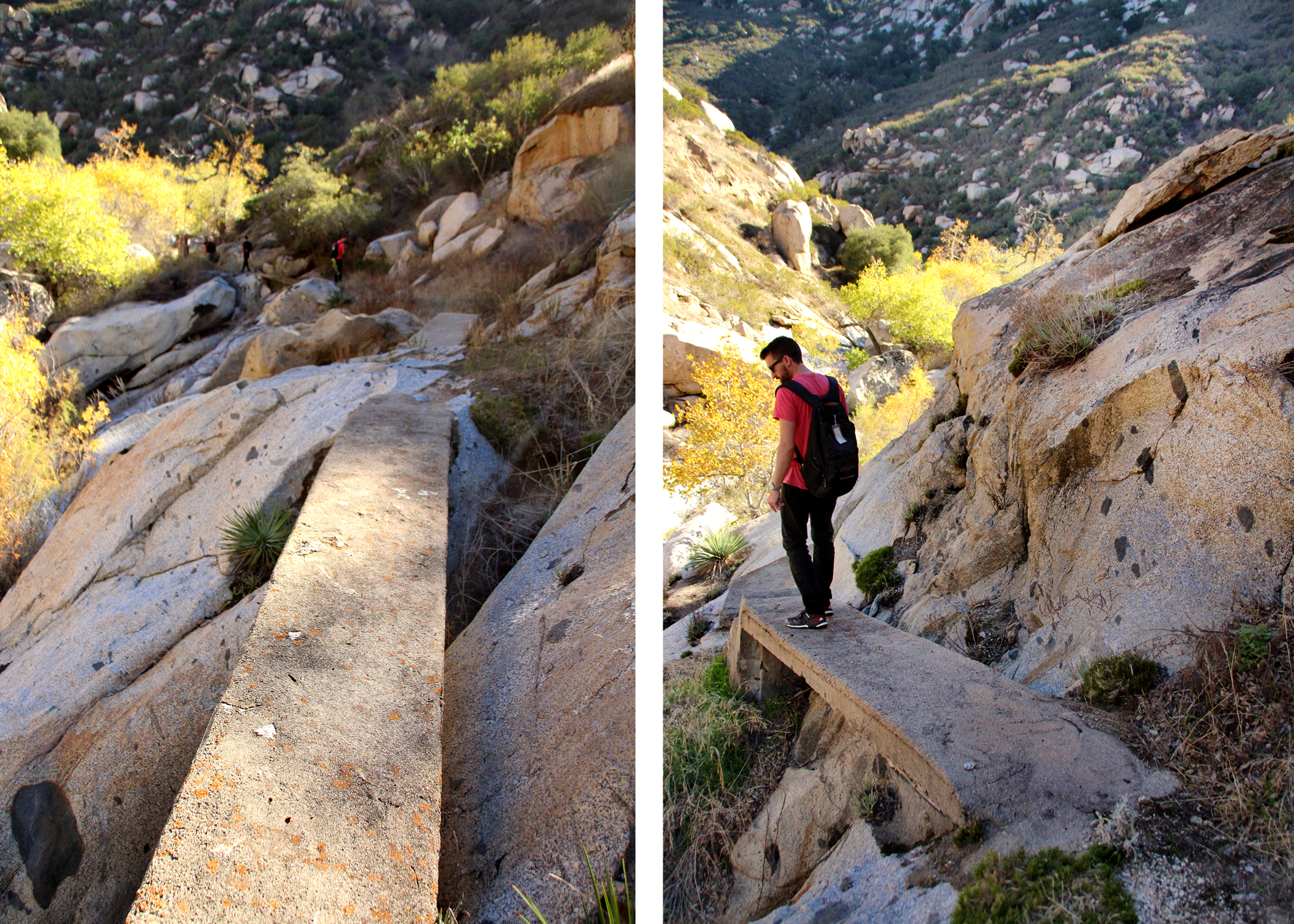
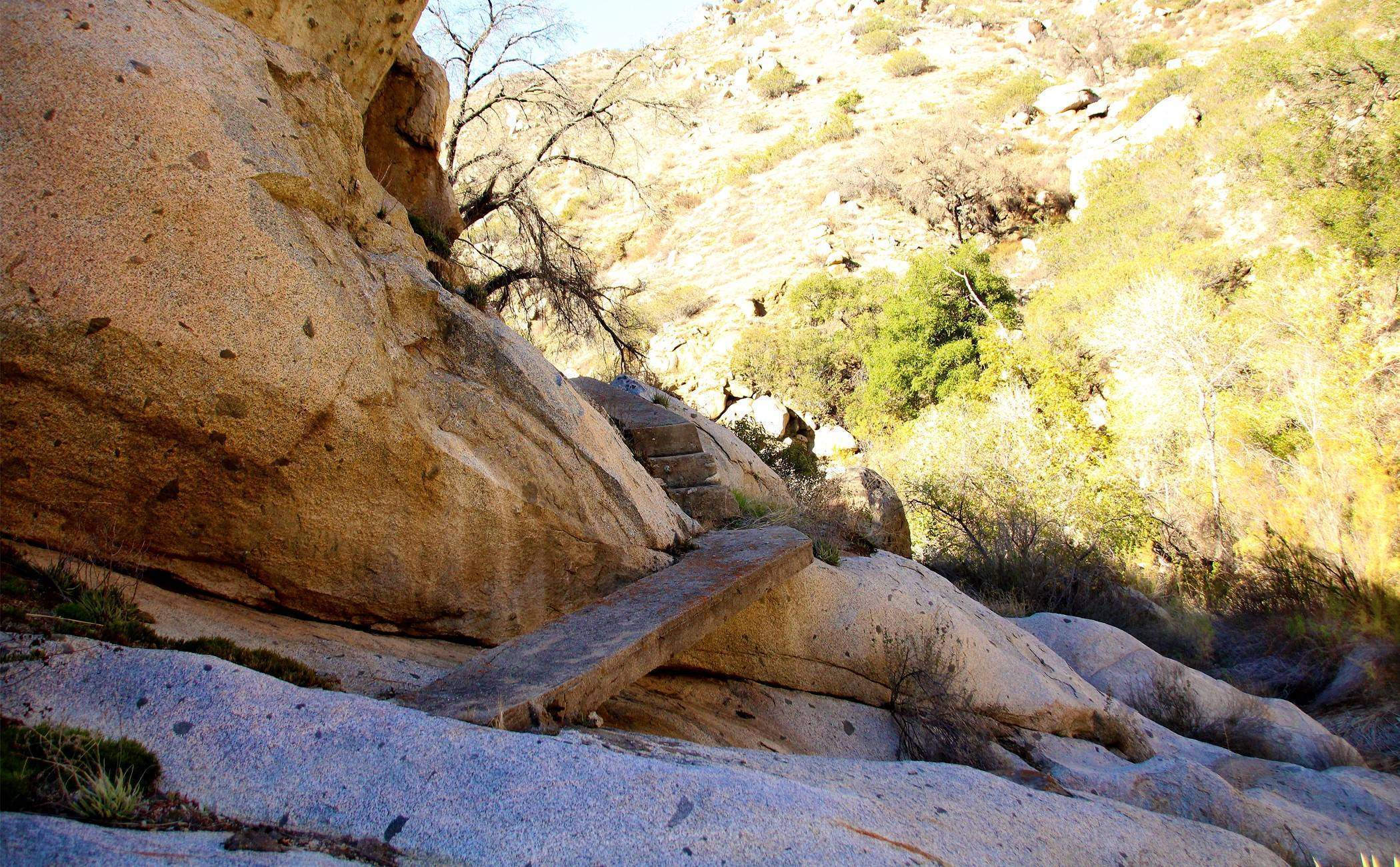
We ended at a dam and then headed back: 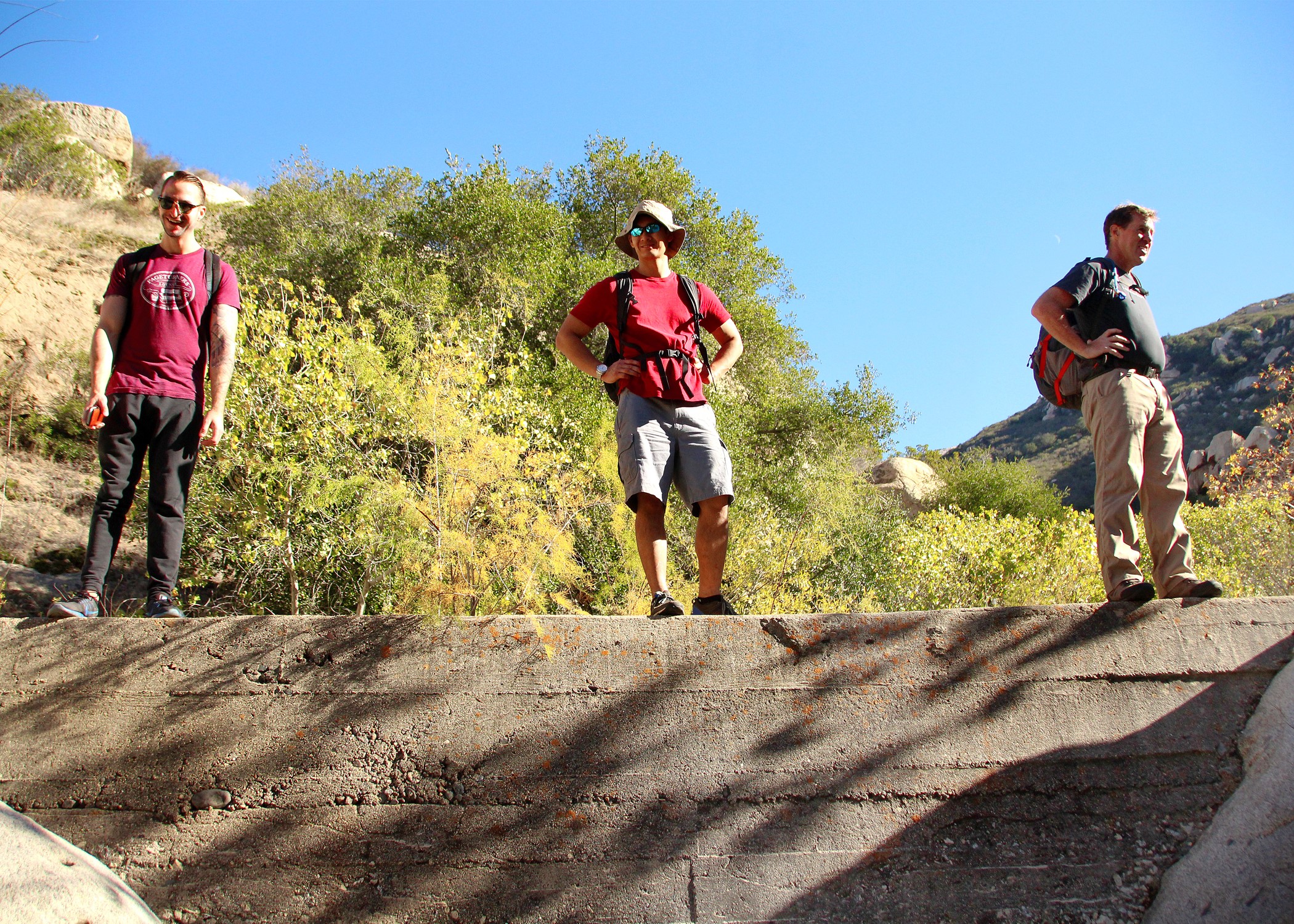

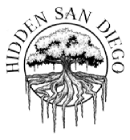




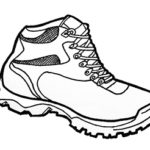



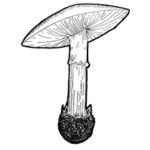

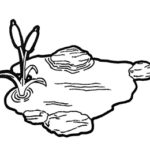

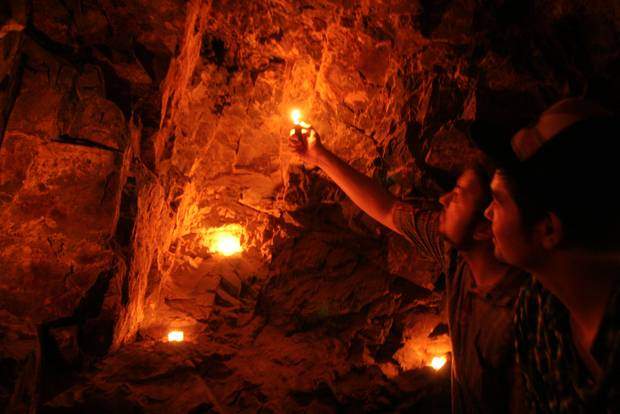
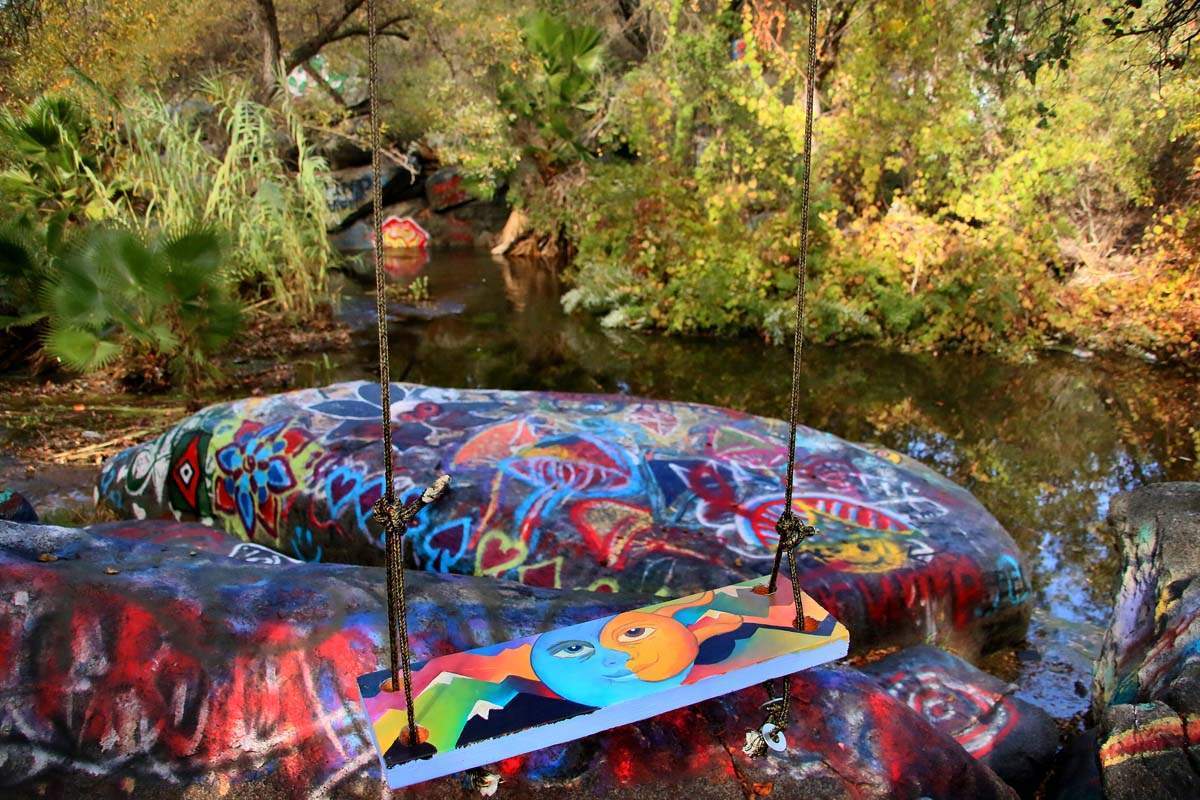

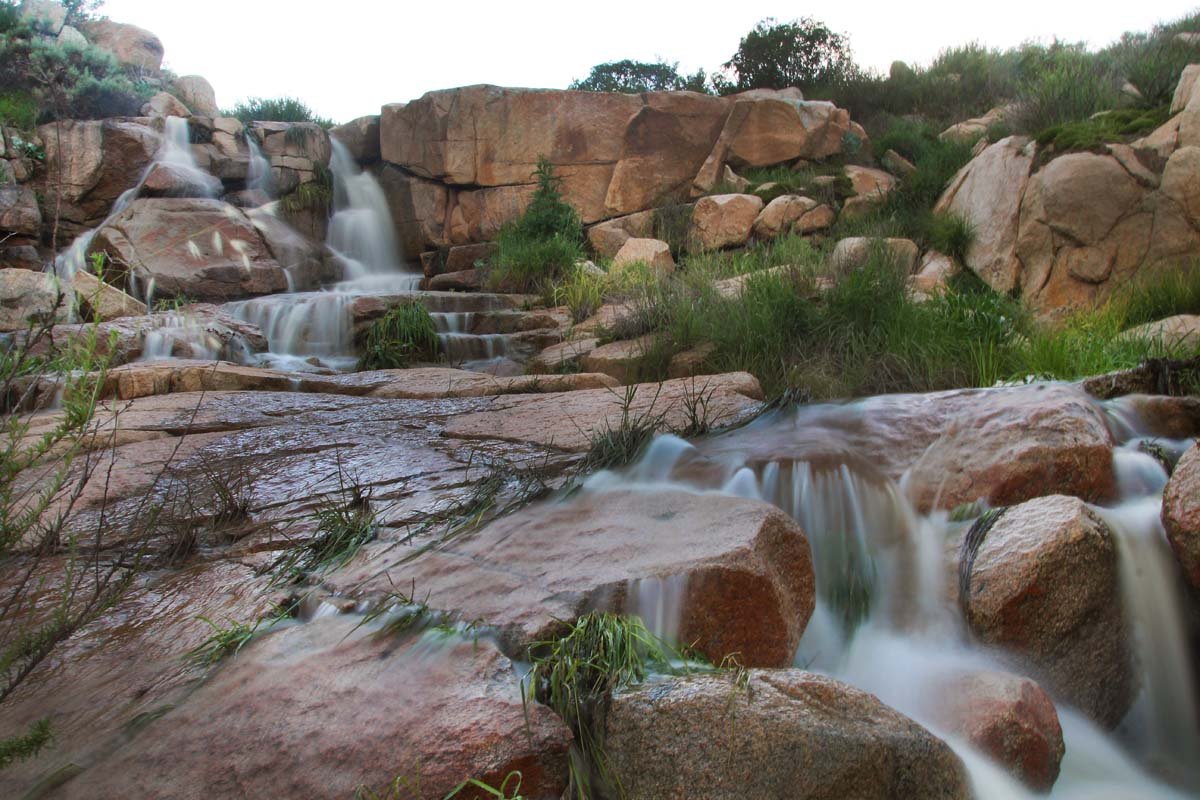
Anonymous
I found an old easement on my property from1927 for the San Diego Flume co. The title co. found no information recorded thank you for this revelation, fascinating!
October 14, 2018